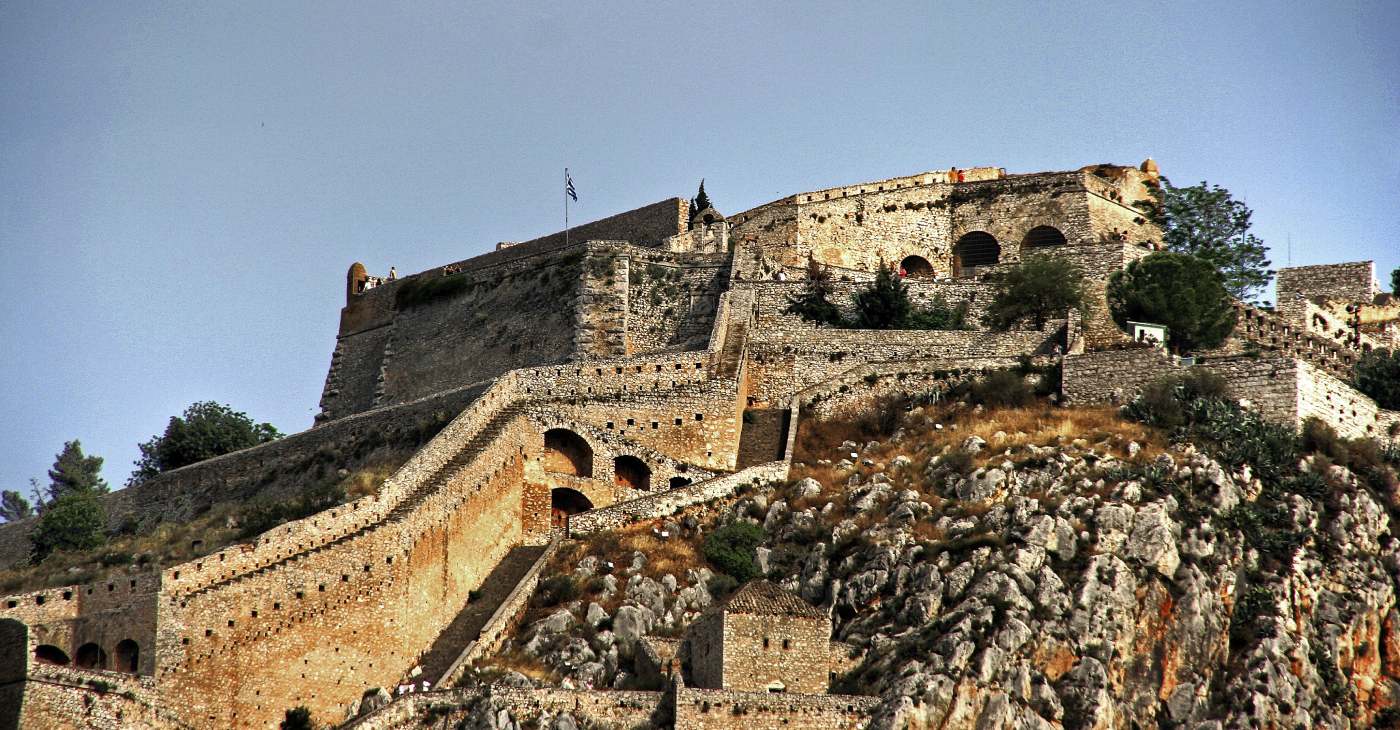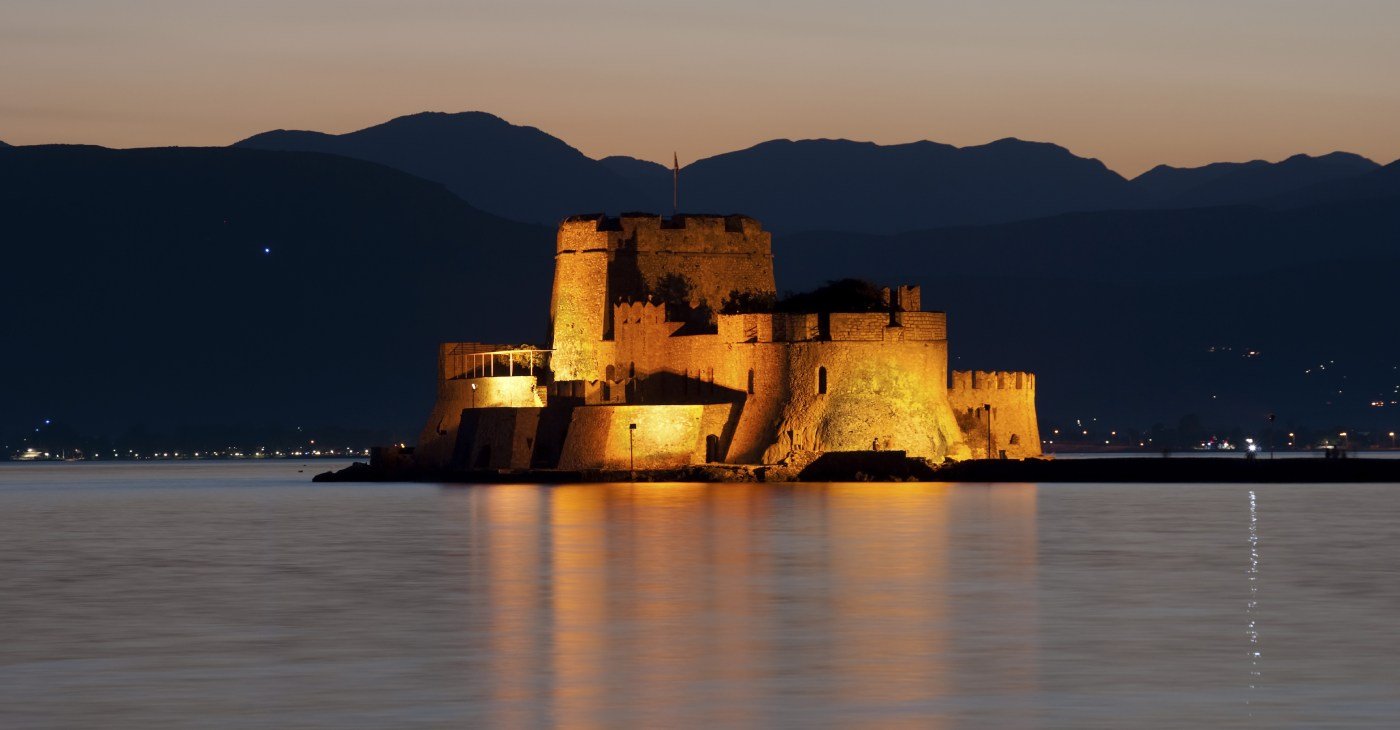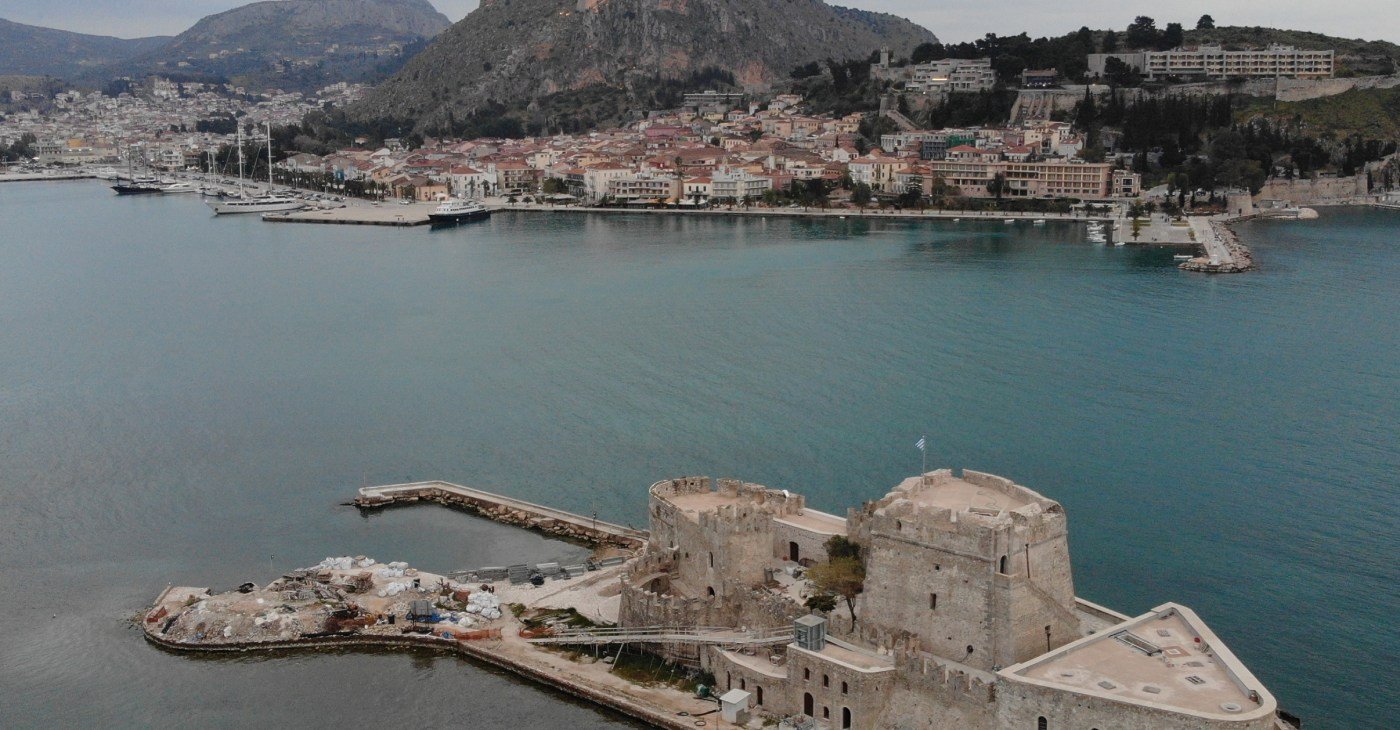OVERVIEW
1Η DAY:
“Opou m’Anapli ksakousto…” “My beloved Nafplio…” (Folk song)
30th November 1822. Nafplio was liberated after a months-long siege. Not through a direct attack, but secretly and silently.
On a rainy, moonless night, the Greeks caught wind that the besieged Ottomans inside had left one side of the castle unguarded. This was due to the extreme deprivation and hardships on the inside, leading to the Ottomans being only semi-conscious. It was in these circumstances that Staikos Staikopoulos led 350 fighters plus 30 German philhellenes on the front line. They climbed ladders up the castle walls to enter Palamidi, passing one fortification after another without much resistance. The next morning, the day before Saint Andrew’s day, cannons were heard as the blue and white flag was raised over the city. This is where some of the most fascinating and formative events would take place in modern Greek history. The reclaiming of Nafplio was a truly important event, “un événement majeur”, as Ioannis Kapodistrias described in a letter to his brother just a month and a half later. Unlike other Greek cities, Nafplio was never re-occupied by the Ottomans.
2Η DAY:
“When I entered Tripolitsa…”
Places connected to the siege of Tripolitsa and the man behind the liberation of the city, Theodoros Kolokotronis: the battle of Upper Doliana (18th May, 1821); Valtetsi, the place where the Greek first defeated the Ottomans on the battlefield (12th – 13th May, 1821);
Kolokotronis’ seat, where the Elder of Morias watched over Tripoli as it was being besieged (June – 23 September, 1821); Tripoli and the public monuments in the city that commemorate and honor the heroes of Independence.
3Η DAY:
The birth of the blue and white flag, Dramali’s disaster
Places and monuments connected to important events of the first two years of the Greek Revolution: First National Assembly at Epidaurus (20th December 1821 – 15th January 1822); the handing over of Acrocorinth to the Greeks plus the presence of the Greek government in Corinth (January – May 1821); Dramali’s expedition and defeat in the Peloponnese (July – November 1822).


